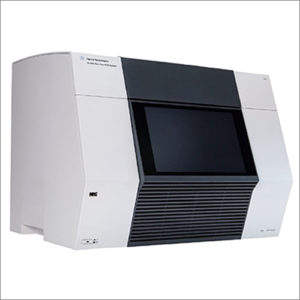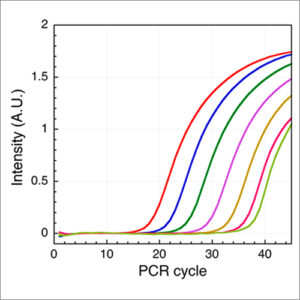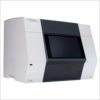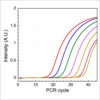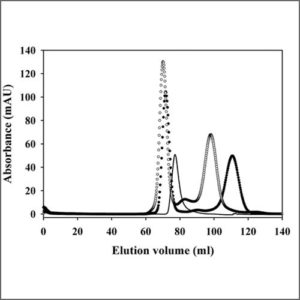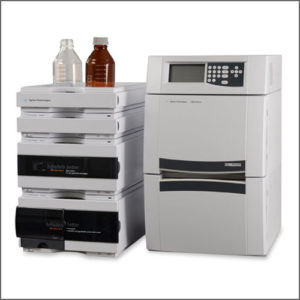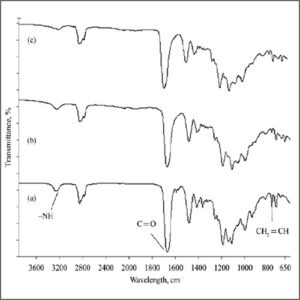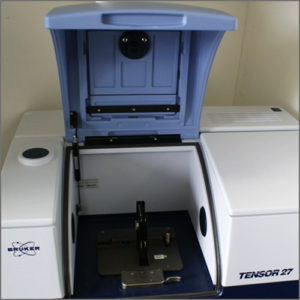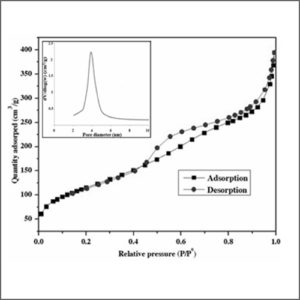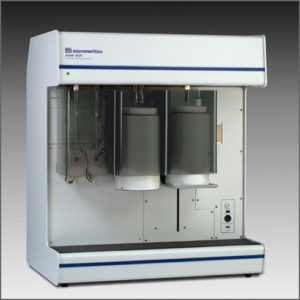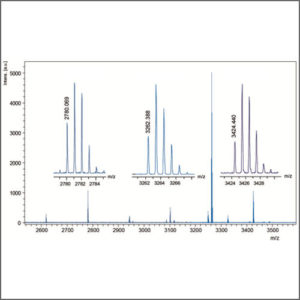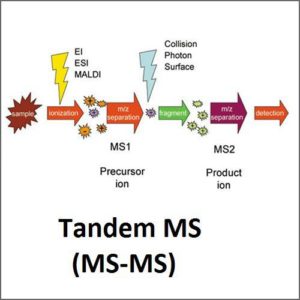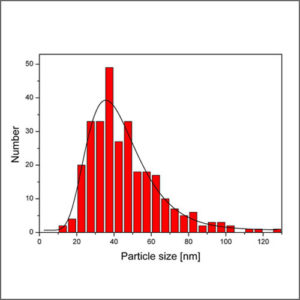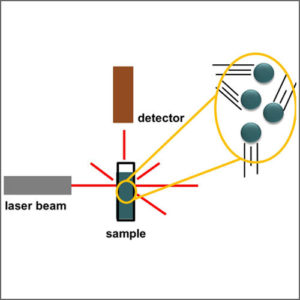Real-Time Polymerase Chain Reaction (RT-PCR)
Real-time polymerase chain reaction (RT-PCR) is commonly used to measure gene expression in real time.
- Description
| Testing Method | Real-Time Polymerase Chain Reaction (RT-PCR) |
| Description | Real-time polymerase chain reaction (RT-PCR), also known as quantitative polymerase chain reaction (qPCR), is a laboratory technique to monitor the amplification of a targeted DNA molecule during the PCR (i.e., in real time), not at its end, as in conventional PCR. Real-time PCR can be used quantitatively (quantitative RT-PCR) and semi-quantitatively (i.e., above/below a certain amount of DNA molecules) (semi-quantitative RT-PCR).
There are two common methods for the detection of PCR products in RT-PCR: (1) non-specific fluorescent dyes that intercalate with any double-stranded DNA and (2) sequence-specific DNA probes consisting of oligonucleotides that are labelled with a fluorescent reporter, which permits detection only after hybridization of the probe with its complementary sequence.
RT-PCR is carried out in a thermal cycler with the capacity to irradiate each sample with a beam of light of at least one specified wavelength and detect the fluorescence emitted by the excited fluorophore. The thermal cycler is also able to rapidly heat and chill samples, thereby utilizing the physicochemical properties of the nucleic acids and DNA polymerase. The PCR process generally consists of a series of temperature changes that are repeated 25–50 times. These cycles normally consist of three stages: the first, at around 95°C, allows the separation of the nucleic acid’s double chain; the second, at a temperature of around 50-60°C, allows the binding of the primers with the DNA template; the third, at between 68-72°C, facilitates the polymerization carried out by the DNA polymerase. The temperatures and the timings used for each cycle depend on a wide variety of parameters, such as: the enzyme used to synthesize the DNA, the concentration of divalent ions and deoxyribonucleotides (dNTPs) in the reaction and the bonding temperature of the primers.
There are numerous applications for quantitative polymerase chain reaction in the laboratory. It is commonly used for both diagnostic and basic research. Uses of the technique in industry include the quantification of microbial load in foods or on vegetable matter, the detection of GMOs (Genetically modified organisms) and the quantification and genotyping of human viral pathogens. |
| More Information | Wikipedia: Real-time polymerase chain reaction |

